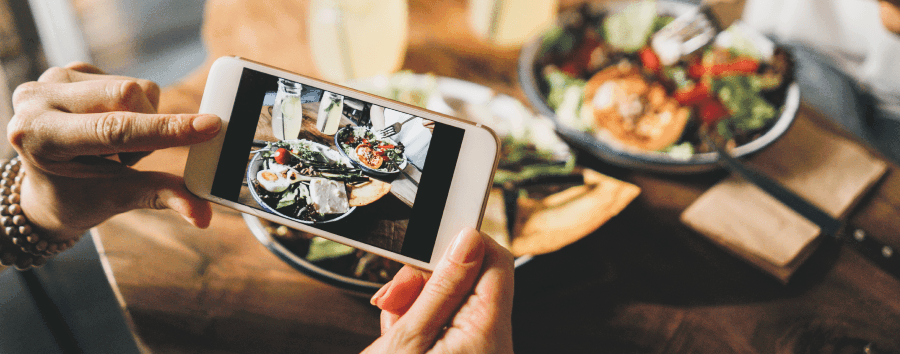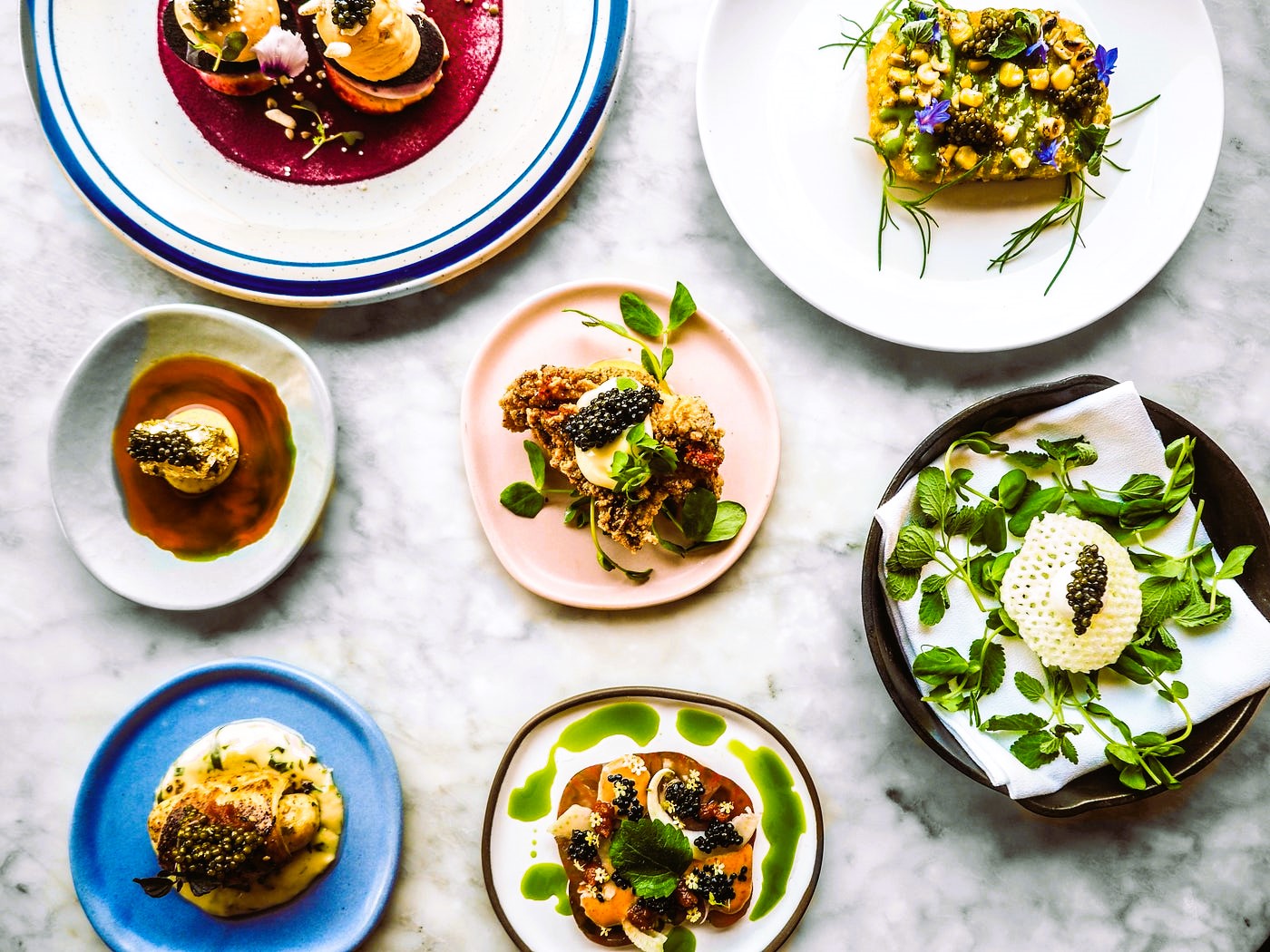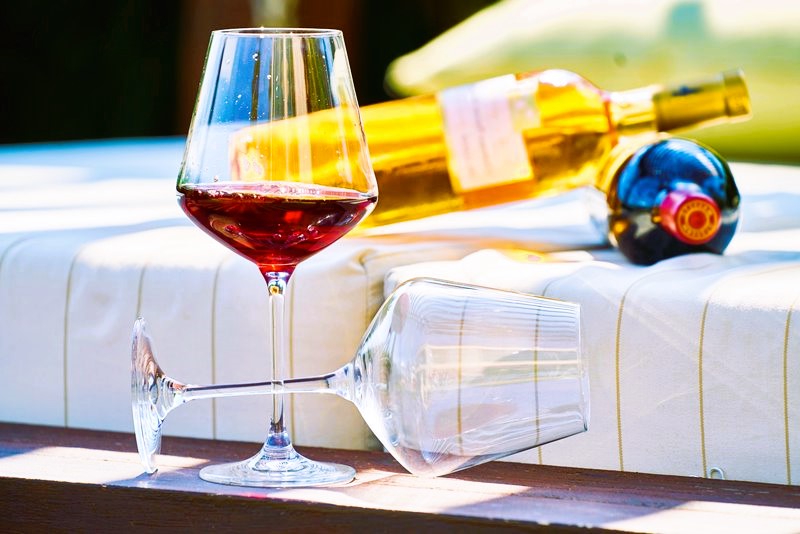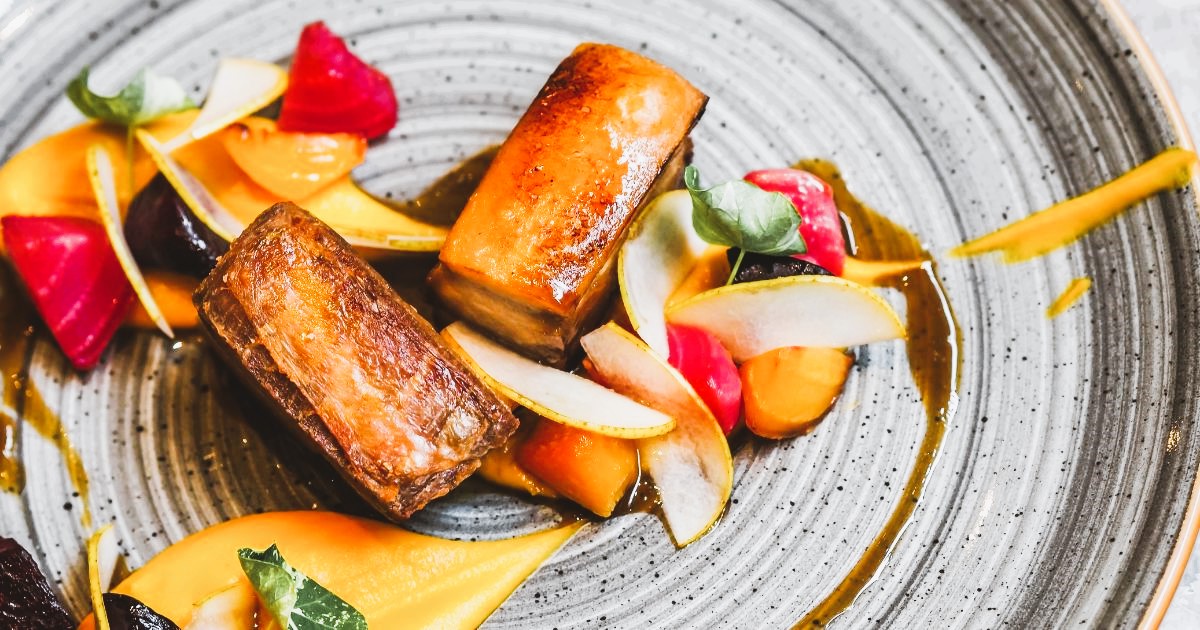In the age of social media and foodie culture, food photography has become an art form in itself. Scrolling through our feeds, we’re inundated with delectable images that make our mouths water. But achieving those picture-perfect food photos is not as simple as it seems. Professional food photographers possess a keen eye for detail and a deep understanding of the nuances of lighting, composition, and styling. In this article, we’ll explore some expert tips for capturing mouthwatering food images that will leave your audience craving for more.
1. Lighting is Key
One of the most critical factors in food photography is lighting. Natural light is the best option for achieving mouthwatering images. Soft, diffused light can highlight the textures and colors of the food, making it look more appetizing. Avoid using harsh, direct light as it can create unflattering shadows and highlights.
2. Choose the Right Background and Props
The background and props play a vital role in setting the mood and enhancing the food’s appeal. Opt for simple and clean backgrounds that don’t distract from the main subject. Wooden boards, marble surfaces, or neutral-colored tablecloths are popular choices. As for props, use items that complement the dish and add context, such as utensils, napkins, and fresh ingredients.
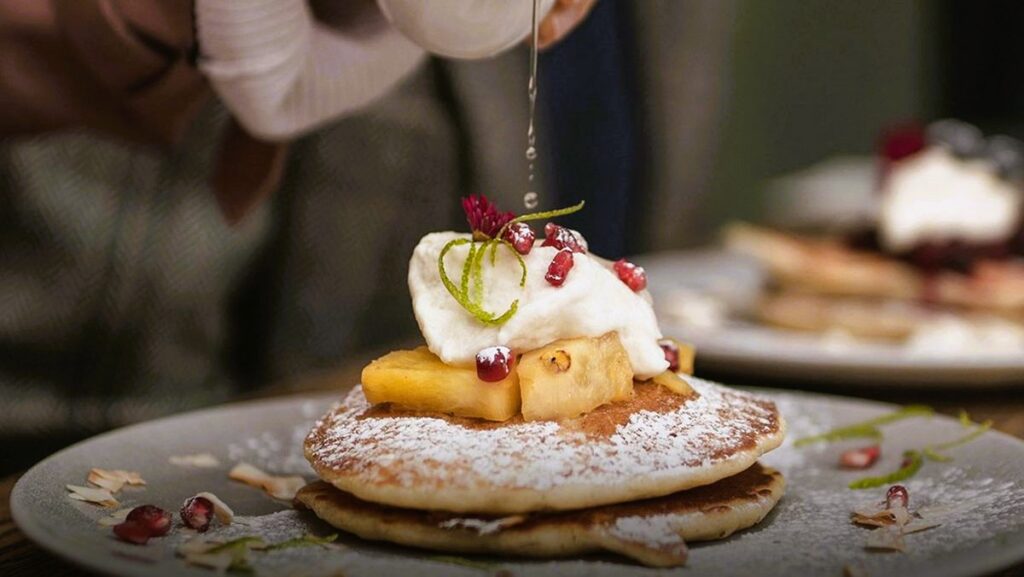
3. Composition and Styling
Compose your shot thoughtfully to create a visually appealing image. The rule of thirds is a helpful guideline to follow, placing the main subject off-center for a balanced composition. Pay attention to the angles you shoot from—overhead shots work well for flat-lay dishes, while side angles can showcase the depth and layers of the food.
4. Focus on the Hero
In food photography, there’s often a hero—the main dish that takes center stage. Ensure the hero is in sharp focus and stands out from the background. Use a wide aperture (low f-stop number) to achieve a shallow depth of field, blurring the background and directing the viewer’s attention to the food. Creating a successful restaurant menu, we have collected all the secrets for success.
5. Play with Textures
Textures add depth and interest to food photos. Capture the crispy edges, gooey cheese, or the flaky crust of a pie. Ensure your lighting highlights these textures, making the food appear more inviting and tactile.
6. Tell a Story
Food photography is not just about the food; it’s also about telling a story. Consider the context and mood you want to convey through your image. Whether it’s a cozy homemade meal, a vibrant street food scene, or an elegant fine dining experience, let the photo tell a story that resonates with your audience.
7. Edit with Care
Post-processing can enhance the visual appeal of your food images, but be careful not to over-edit. Adjust the exposure, contrast, and color balance subtly to bring out the best in the food without making it look unrealistic. Preserving the natural colors and textures of the dish is essential.
8. Be Mindful of Plating
The way food is plated can significantly impact how it looks in photos. Pay attention to the arrangement of elements on the plate and ensure it looks visually appealing from the camera’s perspective. Garnishes and sauces can add pops of color and create visual interest.
9. Capture Steam and Action
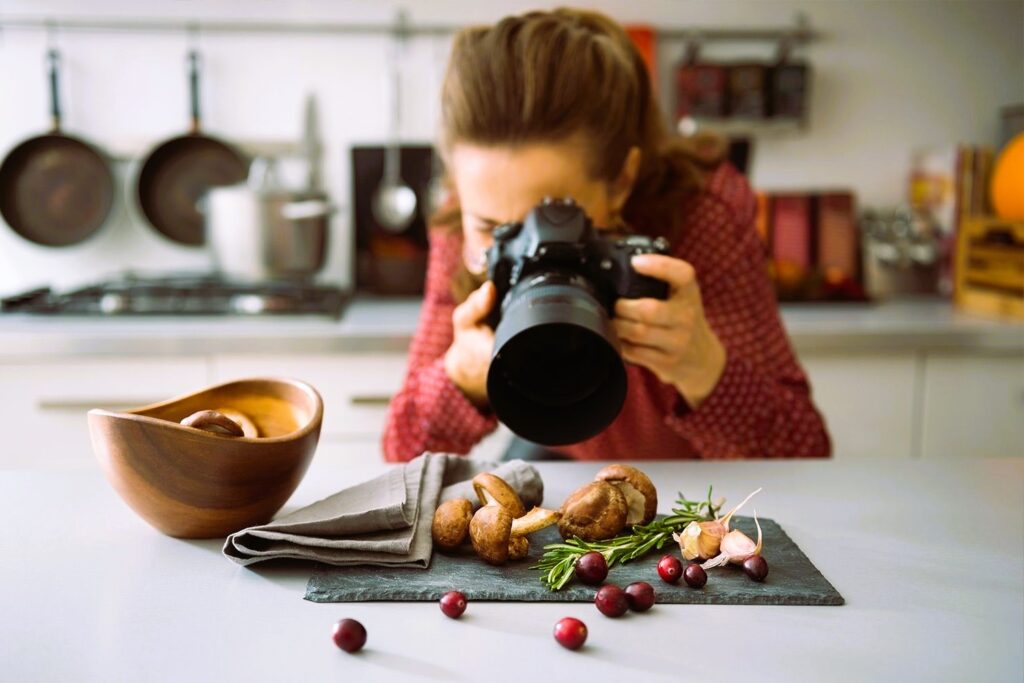
If you’re photographing hot dishes, try to capture the steam rising from the food, as it adds an element of freshness and allure. For dishes like pouring sauce or dripping chocolate, capture the action to add dynamism to your shot.
10. Practice and Patience
Mastering food photography takes time and practice. Experiment with different styles, angles, and lighting setups. Don’t be discouraged by initial challenges—patience and perseverance will eventually lead to stunning images.
Conclusion
Food photography is a captivating art that invites viewers to savor with their eyes. By mastering lighting, composition, and styling, and infusing your images with creativity and storytelling, you can create mouthwatering food photos that leave a lasting impression on your audience. Remember to enjoy the process, experiment, and let your passion for food shine through your lens.
Sources:

